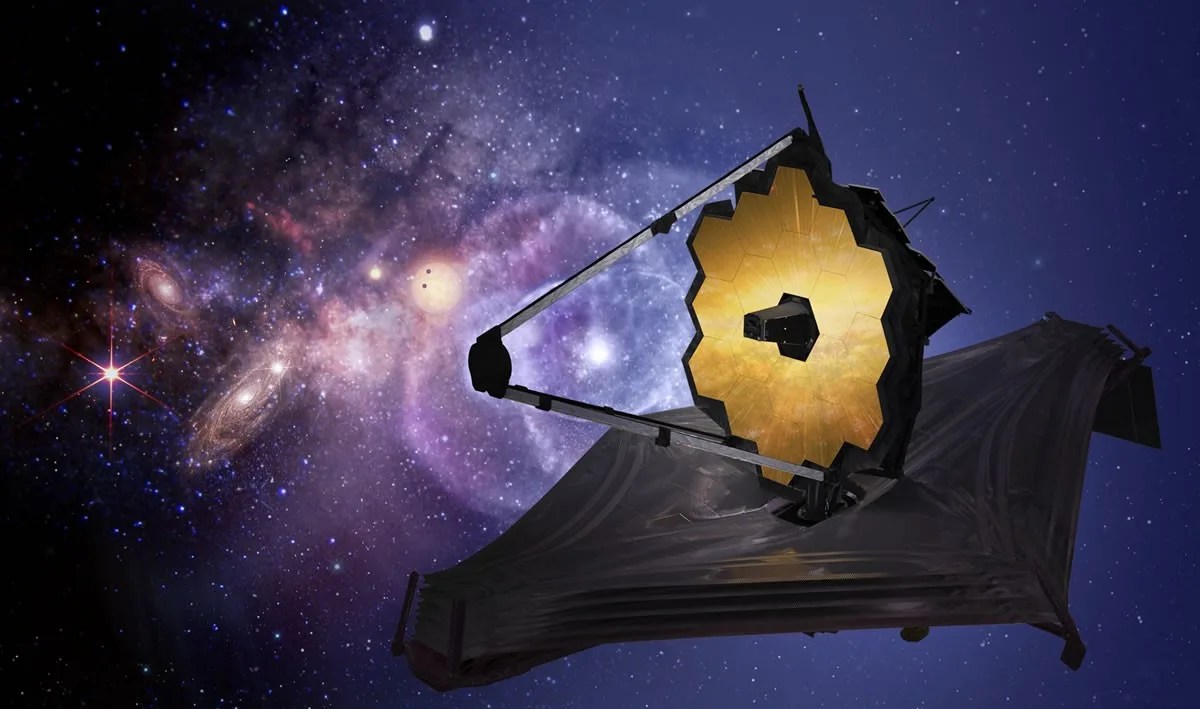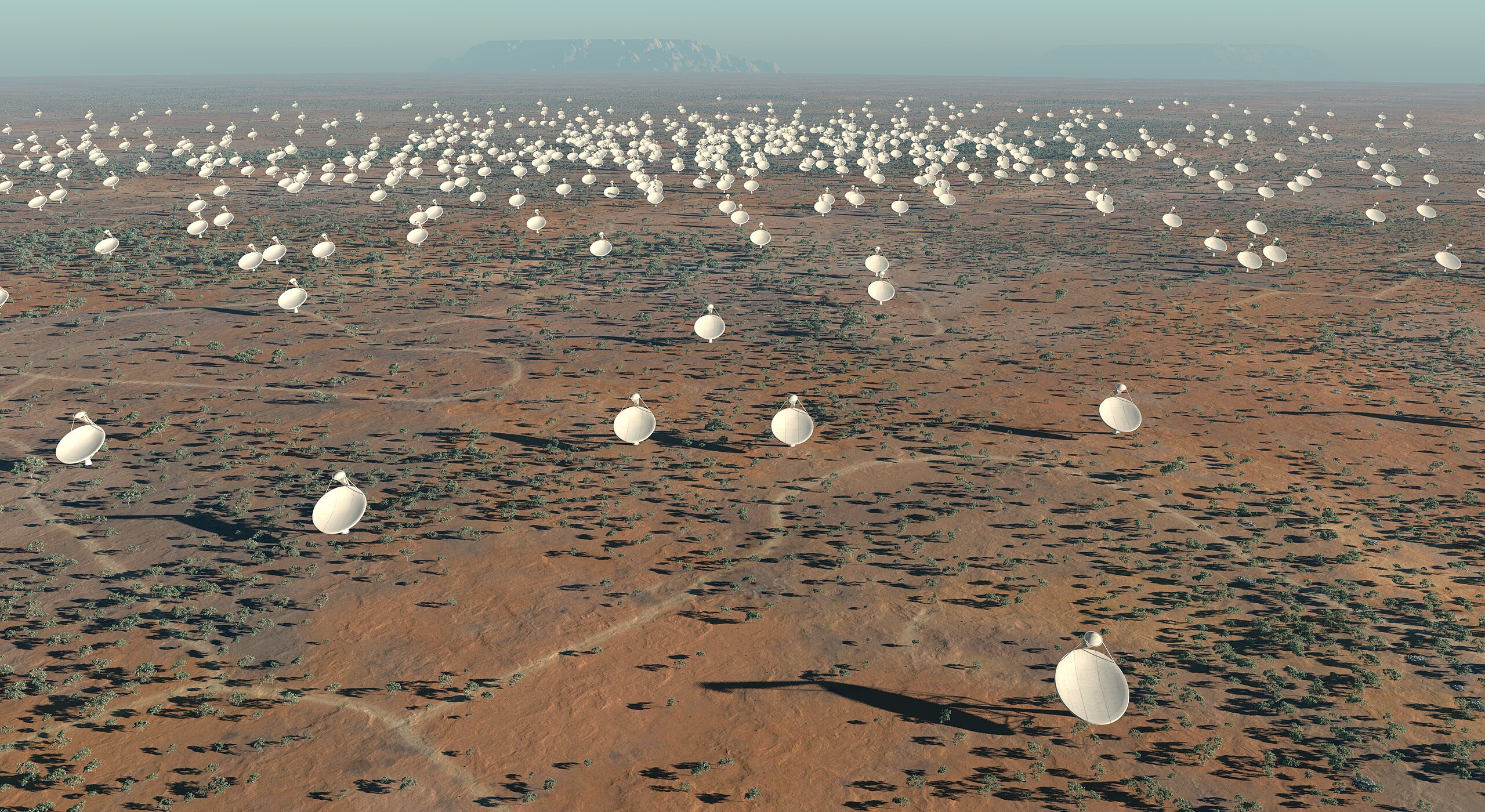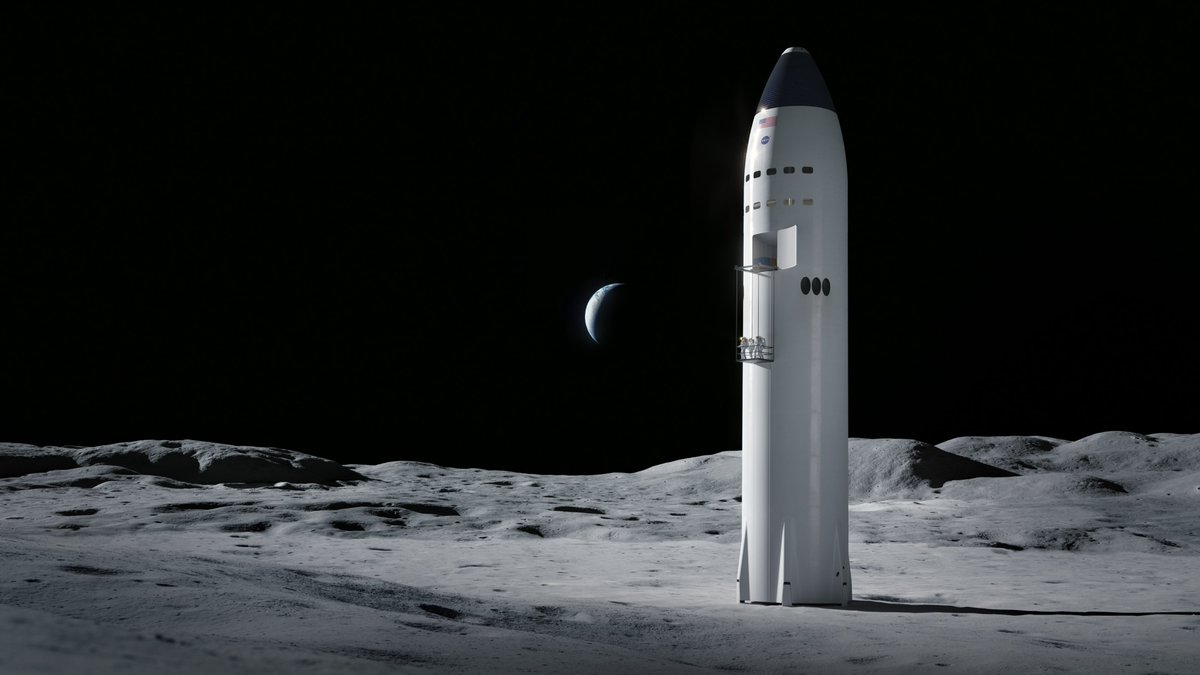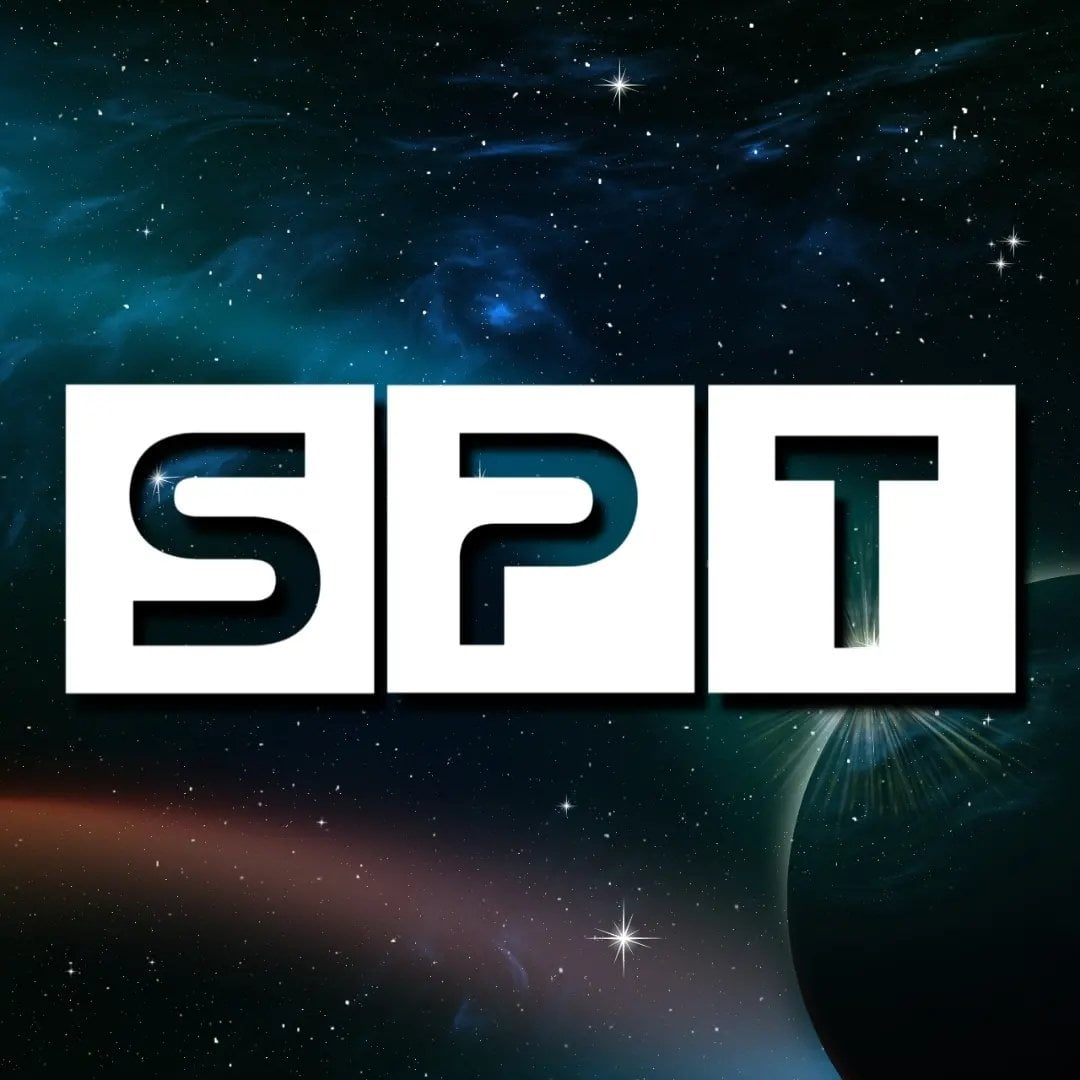Space Exploration
Space exploration is one of the most fascinating and inspiring endeavors of human civilization. It allows us to expand our horizons, learn more about our cosmic origins and destiny, and find answers to some of the most profound questions of existence. In 2024, we can expect to witness some remarkable achievements and discoveries in space exploration, both in our own backyard and in the farthest reaches of the solar system. Here are some of the highlights of what we can look forward to in the next year.
In this article ,we have covered some important points which are :
Artemis Moon Mission
China’s Chang’e 6 Mission
Exploring Other Moons
Martian Moons eXploration (MMX)
Europa Clipper
Observing the Cosmos
James Webb Space Telescope (JWST)
Square Kilometre Array (SKA)
Space Technology
Artificial Intelligence
Returning to the Moon
The moon is the closest and most accessible celestial body to Earth, yet it still holds many mysteries and opportunities for exploration. In 2024, several missions will aim to revisit the moon and prepare for the first crewed lunar landings in more than 50 years.
Artemis Moon Mission
One of the most ambitious and anticipated missions is Artemis 2, led by NASA and involving six other major space agencies, including the European Space Agency (ESA). Artemis 2 will launch in November 2024, sending four astronauts around the moon on a 10-day lunar flyby. The mission will be the final test before Artemis 3 aims to send astronauts to the moon in 2025, the first attempt to get boots on the moon since the Apollo 17 mission in 1972.
Artemis 2 is not the only mission that will target the moon in 2024. NASA will also send several robotic landers to the moon’s south pole as part of the Commercial Lunar Payload Services (CLPS) initiatives. These landers will carry scientific instruments and experiments to collect important data about the lunar environment, such as the presence and distribution of water ice, the heat flow in the lunar interior, and the chemical composition of the lunar soil.
China’s Chang’e 6 Mission

China, a rising power in space exploration, will also launch its own lunar mission in May 2024. Chang’e 6 will be the first mission to land a rover on the far side of the moon and collect the first lunar samples from that region. The rover will also carry instruments from Pakistan, France, Italy, and Sweden, demonstrating the international collaboration and cooperation in space exploration.
Exploring Other Moons
The moon is not the only natural satellite that will attract attention in 2024. Several other moons in the solar system will also be the targets of exciting and innovative missions.
Martian Moons eXploration (MMX)

One of them is Phobos, the largest and innermost moon of Mars. Japan plans to launch Martian Moons eXploration (MMX) in 2024, a mission that will orbit and land on Phobos and bring back the first samples from this moon. The samples will contain about 20 grams of regolith, or loose rock and dust on the moon’s surface, which could reveal valuable information about the origin and evolution of Phobos, Mars, and the solar system.
Europa Clipper

Another moon that will be explored in 2024 is Europa, one of the four Galilean moons of Jupiter. Europa is one of the most intriguing and promising worlds for the search for life beyond Earth, as it is believed to harbor a global ocean of liquid water beneath its icy crust. NASA plans to launch the Europa Clipper in October 2024, a mission that will perform multiple flybys of Europa and study its geology, chemistry, and habitability. The mission will also try to detect plumes of water vapor that may erupt from the moon’s surface, providing a glimpse of its subsurface ocean.
Observing the Cosmos
Space exploration is not only about visiting and studying other worlds, but also about observing and understanding the vast and mysterious universe that surrounds us. In 2024, several telescopes and observatories will be launched or upgraded to enhance our vision and knowledge of the cosmos.
James Webb Space Telescope (JWST)

One of the most awaited and ambitious projects is the James Webb Space Telescope (JWST), the successor of the Hubble Space Telescope. JWST was launched in December 2021, after years of delays and challenges, and is expected to become fully operational in 2024. JWST will be the most powerful and complex space telescope ever built, with a primary mirror of 6.5 meters in diameter and four cutting-edge instruments. JWST will observe the universe in the infrared spectrum, allowing it to peer through dust and gas and reveal the secrets of the earliest stars and galaxies, the formation of planets, and the origins of life.
Square Kilometre Array (SKA)

Another important project is the Square Kilometre Array (SKA), the largest and most sensitive radio telescope in the world. SKA will consist of thousands of antennas spread across Australia and Africa, forming a network of unprecedented scale and capability. SKA will be able to detect faint radio signals from the most distant and energetic phenomena in the universe, such as black holes, pulsars, and gravitational waves. SKA will also help us to test the laws of physics, map the distribution of dark matter and dark energy, and search for signs of extraterrestrial intelligence. SKA is expected to start its first phase of operations in 2024.
Space Technology
Space exploration is not only driven by scientific curiosity and discovery, but also by technological innovation and development. In 2024, we can expect to see some remarkable advances and breakthroughs in space technology, both in terms of hardware and software.

One of the areas that will see significant progress is spacecraft design and engineering. In 2024, several new and improved spacecraft will be launched or tested, such as the Orion capsule, the Starship vehicle, the Dream Chaser spaceplane, and the Lunar Gateway station. These spacecraft will offer new capabilities and opportunities for human and robotic exploration of the moon, Mars, and beyond.
Artificial Intelligence

Another area that will see rapid growth and evolution is artificial intelligence and machine learning. These technologies will play a key role in enhancing the autonomy, efficiency, and reliability of space missions, as well as in processing and analyzing the massive amounts of data that are generated and collected by space instruments and sensors. In 2024, we can expect to see more applications and examples of how artificial intelligence and machine learning can assist and augment space exploration, such as autonomous navigation, anomaly detection, image recognition, and natural language generation.
Conclusion
Space exploration is one of the most exciting and inspiring fields of human endeavor. It challenges us to push the boundaries of our knowledge, imagination, and innovation, and to explore the unknown and the uncharted. In 2024, we can look forward to witnessing some amazing achievements and discoveries in space exploration, both in our own backyard and in the farthest reaches of the solar system. These achievements and discoveries will not only enrich our understanding of the universe and our place in it, but also inspire us to pursue new horizons and new possibilities for the future of humanity and the planet.





